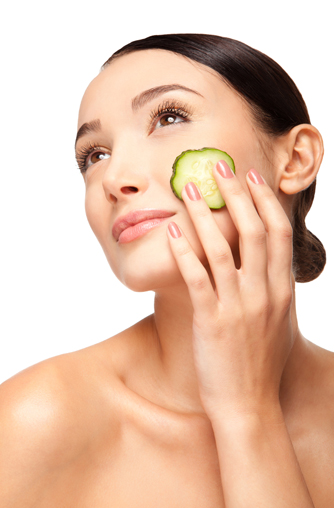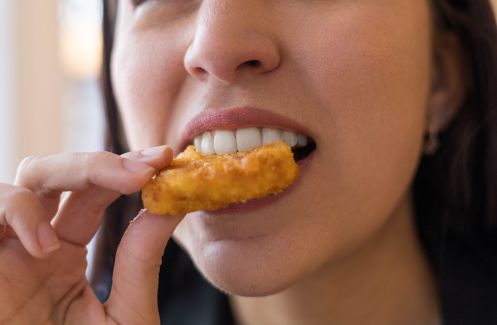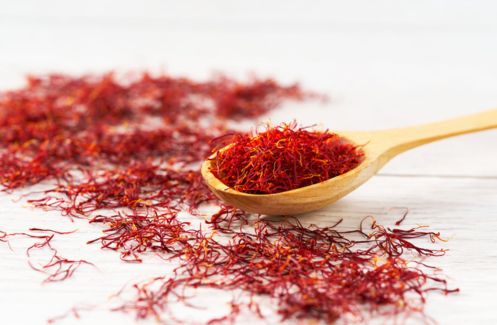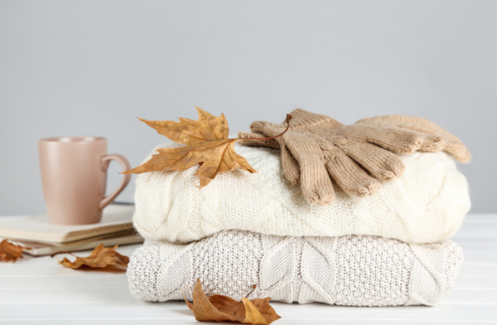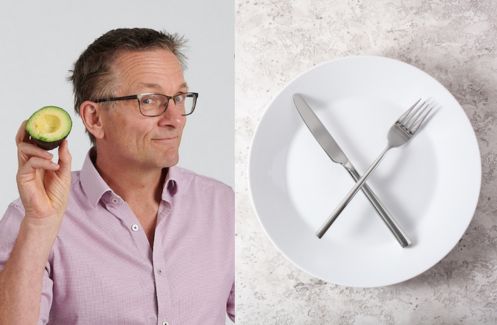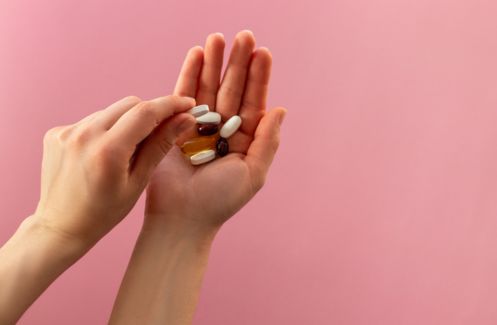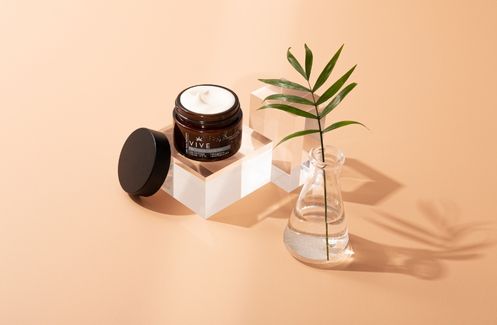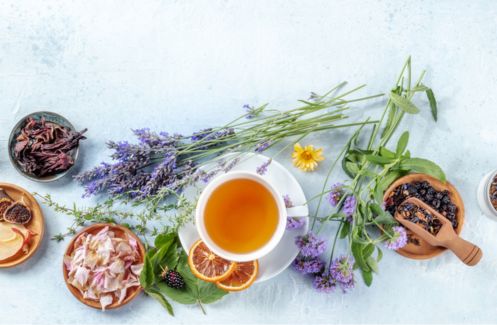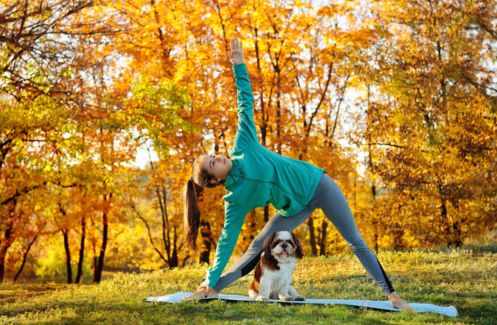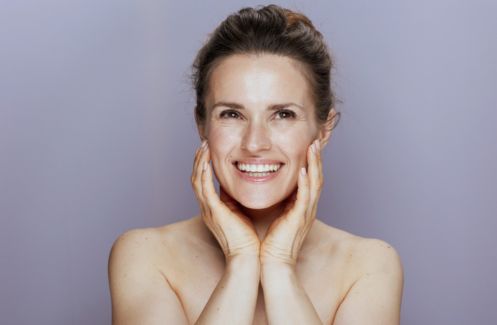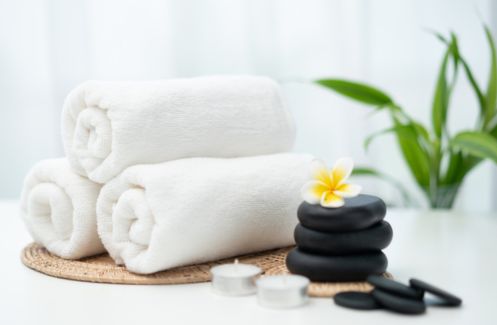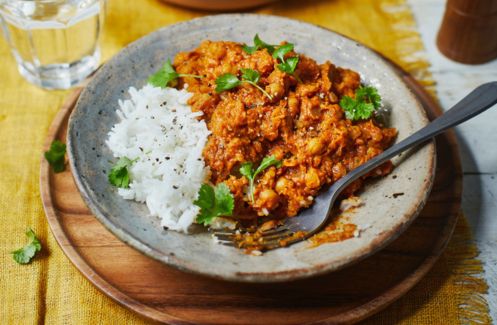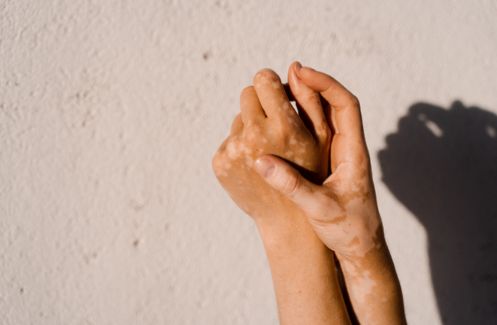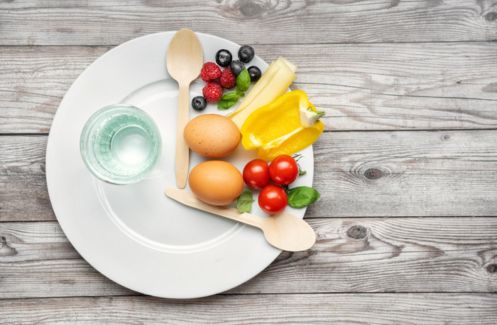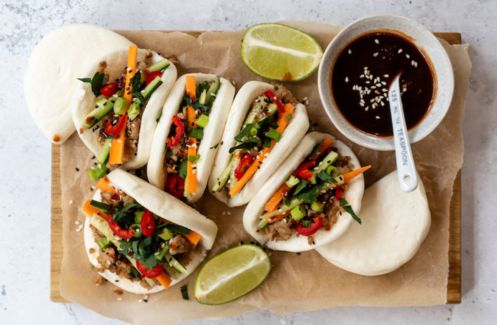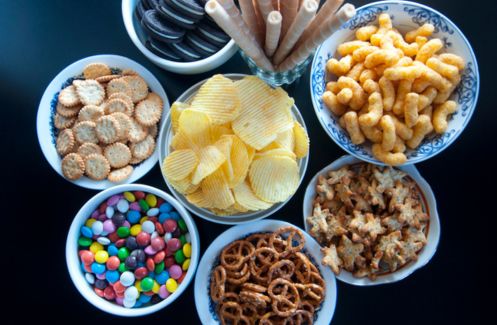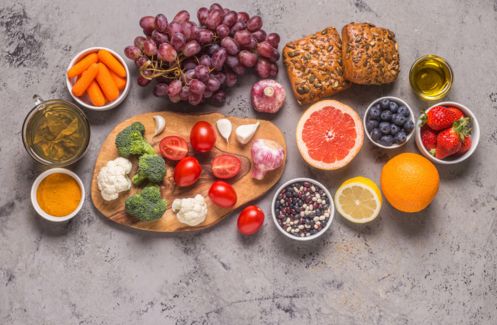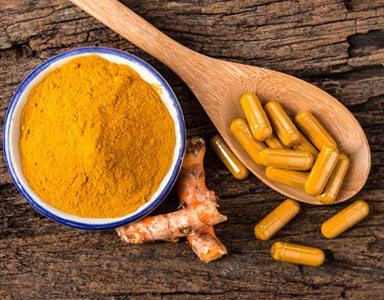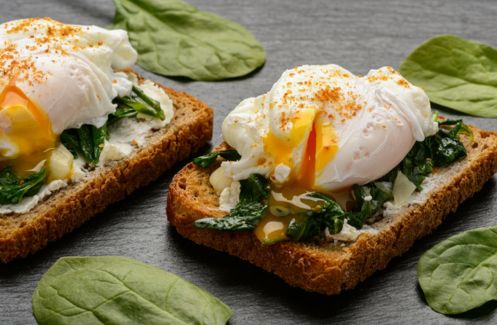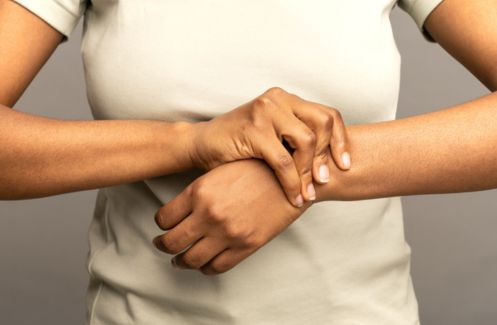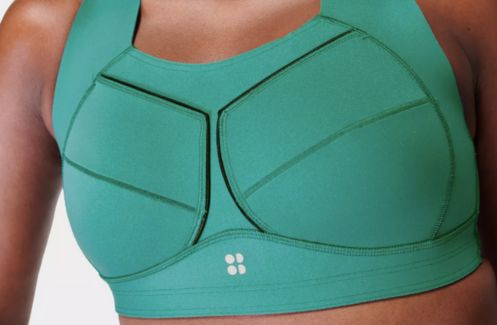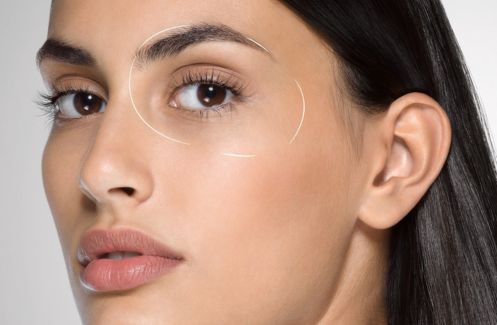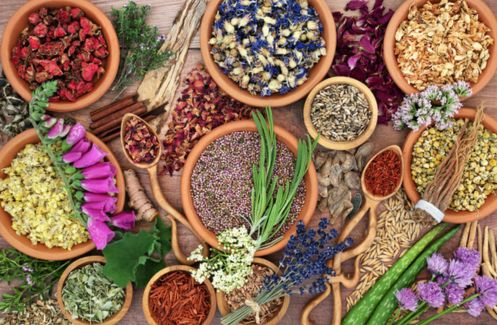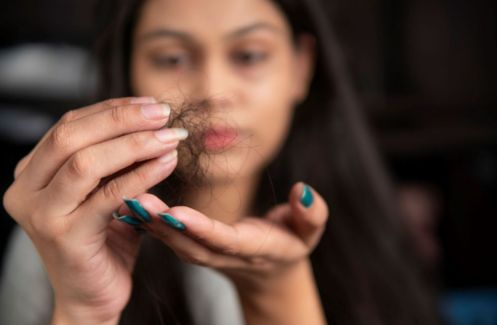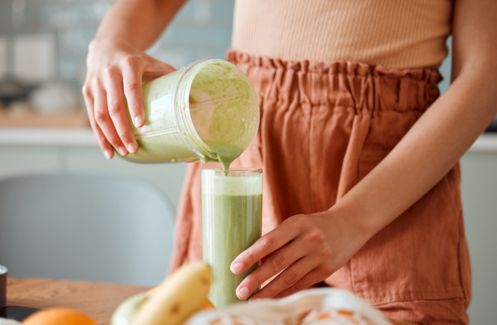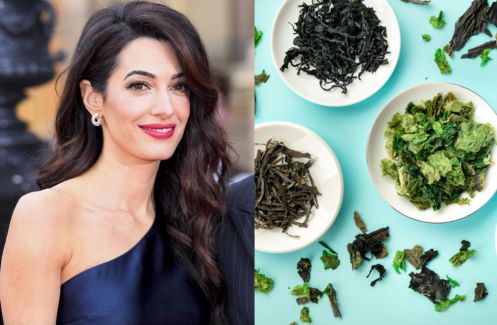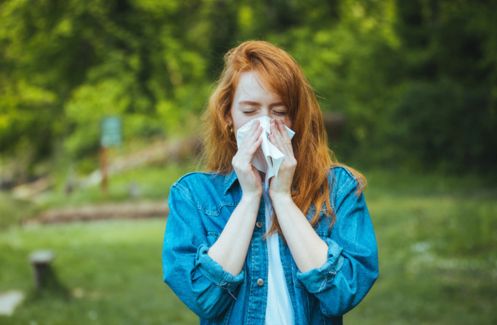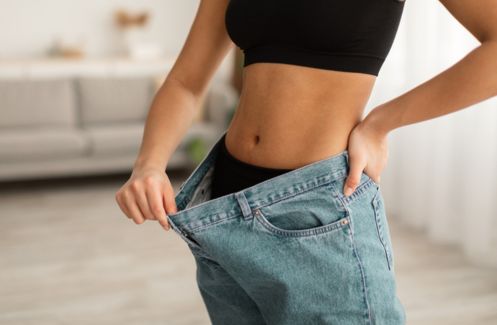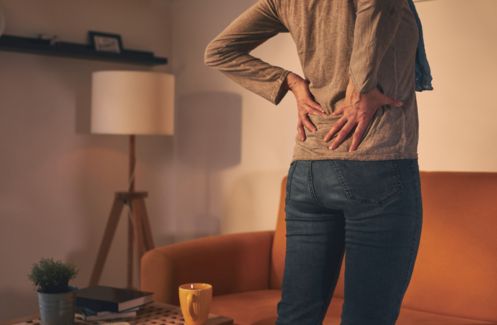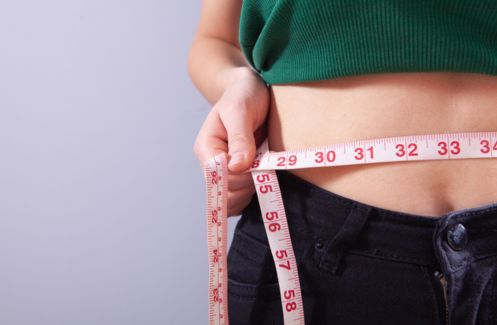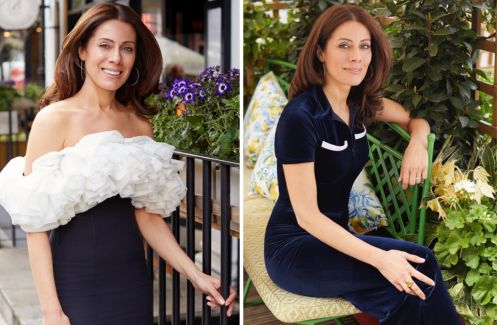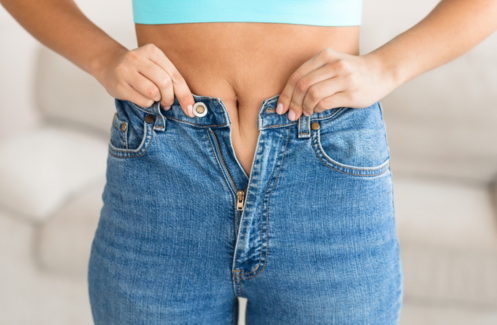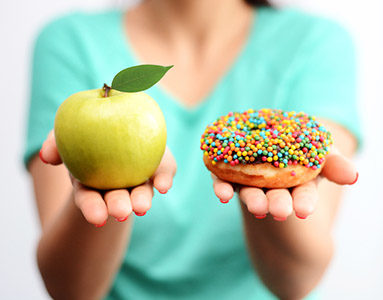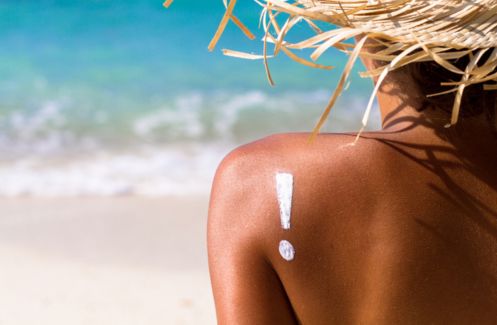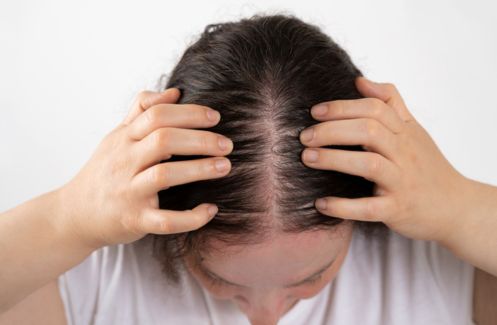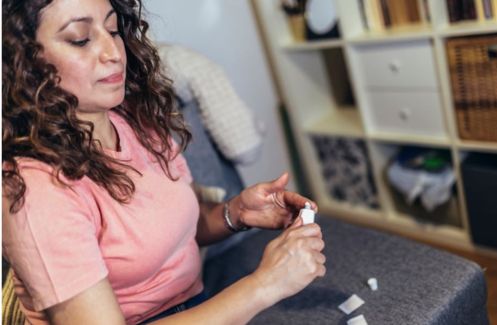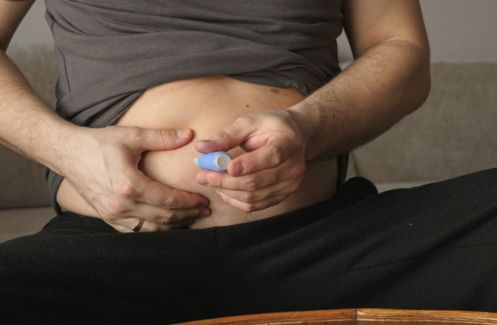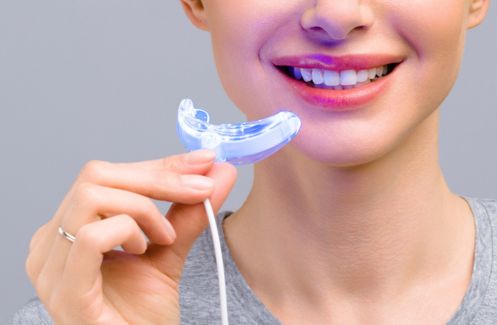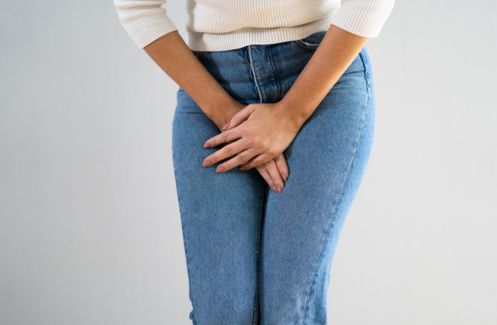
Diet has a major influence in supporting youthful, healthy skin for life. Unfortunately there is a lot of misleading information out there (even from so-called ‘experts’) when it comes to finding the best type of diet for your skin.
I strongly believe that the officially recommended ‘food pyramid’ with its low-fat obsession and base of grain-based, starchy foods such as bread, pasta and potatoes has led to overweight and diseases like diabetes – and it doesn’t do your skin any favours either.
Scientific studies have shown that a diet high in glycaemic index (GI) or glycaemic load (GL) can cause chronic inflammation in our body. Persistent low-level inflammation will make your skin age much quicker than it otherwise would, so we should keep inflammation as low as possible. That said, one should aim to keep blood sugar and insulin levels down at all times to minimise inflammation.
Interestingly enough, it has been reported that people who look young for their age tend to exhibit low blood sugar and insulin levels. Centenarians are also often are found to benefit from low blood sugar and insulin levels. While some people might be genetically ‘lucky’ and don’t have to do much to maintain young looking skin despite having a not very skin-healthy lifestyle, most of us are not this lucky. However, the good news is that it’s possible to achieve similar benefits by changing one’s diet in a certain way. With this skin health diet, you will induce a beneficial hormonal balance in your body to support young looking skin and longevity.
The Background
There are certain hormones in our body which make our skin age quicker (including insulin as well as the stress hormones cortisol, adrenaline and noradrenaline) as well as certain hormones which can slow down the ageing process (for example human growth hormone). With a skin-friendly way of eating we can encourage the release of anti-ageing hormones, while reducing release of key pro-inflammatory, pro-ageing hormones such as insulin.
In order to prevent insulin levels from spiking, we must keep our glucose level low at all times, and you can achieve this by sticking to a strictly low-GI/GL diet. Such a method was popularized quite a few years ago and is a useful starting point. GI ranks carbohydrates on a scale from 0 to 100 according to the extent to which they raise blood sugar levels after eating. Foods with a high GI are more quickly digested and absorbed and cause a fast rise in levels of both blood sugar and insulin. By contrast, low GI foods produce more gradual rises in glucose and insulin, with proven benefits for skin health (which also has a positive impact on acne and other inflammatory skin conditions).
One of the reasons why high GI/GL foods are bad news for our skin is that they cause a hike in glucose and insulin levels, which leads to free radical generation, oxidative stress, inflammation and accelerates skin ageing. In addition to this mechanism, glucose can also cross-link important proteins such as collagen and elastin in our skin, rendering them ‘stiffer’ and sub-optimal. These cross-links are called ‘Advanced end glycation products’ (AGEs) and are bad for our skin.
While the low GI/GL diet movement points us in the right direction, I would recommend going even further, if you’re really committed to slow down your skin’s cell ageing. What I recommend is not only to sticking to low-GI/GL type carbohydrates (eg. Whole-meal bread instead of white bread) and avoid all sugary foods, but to avoid ALL starchy, grain-based foods, even supposedly ‘healthy’ whole-grain versions.
Caloric restriction has been shown to increase longevity. However, for most people (including me) this would not be a long-term option (unless you want to live in life-long misery…). However, you can mimic a lot of the beneficial effects caloric restriction has on longevity by carbohydrate restriction. The way of eating outlined below also will slow down your telomere shortening (your ‘biological cell clock’), which is very important for anti-ageing and longevity.
For optimal skin health and longevity, I recommend sticking to the following way of eating (this is not a fad diet, but a long-‐term change of eating habits – for good!):
Optimal Skin Health foods to enjoy.
- High quality, un-processed protein such as fish, meat or eggs on a daily basis. Lots and lots and lots and lots of fresh vegetables (by the way sweetcorn is not a vegetable, but a grain and should be avoided). Fresh fruit in moderation (but avoid over-eating sweet tropical fruits). All types of berries are antioxidant-high and of great benefit to your skin. Fruit and vegetables in general are important sources of antioxidants and the larger the array of colours you can eat, the better.
- ‘Good’ fats such as olive oil (for cold dishes), coconut oil (for cooking), nuts, avocadoes and oily fish have a high Omega-3 fatty acid content, which reduces inflammation in both skin and the entire body.
- Instead of baking with grain‐based flour types, try coconut or almond.
- If you stick with this way of eating, you’ll naturally lose your sweet tooth. But if you fancy a treat, 85% dark chocolate is high in antioxidants but low in sugar (my favourite is Green & Black’s). If you need to sweeten something, try 100% birch wood-derived Xylitol from health shops. It is a natural prebiotic and studies have shown it even induces collagen production in the skin.
- Finally, drink lots of water as well as unsweetened green and white tea, both very high in polyphenolic antioxidants.
Skin ‘unfriendly’ foods to avoid.
- Try not only to avoid all sweets and sugary foods, but also starchy (starch is essentially just a storage form of sugar) and grain‐based foods including bread, rice, pasta, potatoes, crisps and chips, starchy root vegetables such as parsnips. Surprisingly many starchy and grain-‐based foods including baguette, instant rice, roast parsnip and baked potato have higher GI values than pure table sugar! (cauliflower mash a great replacement for mashed potato by the way)
- Also avoid all breakfast cereals (including supposedly healthy versions such as Weetabix, oats and porridge). Again many of our breakfast staples including cornflakes, bran flakes and rice crispies have higher GI values than pure table sugar (imagine eating a bowl of sugar each morning and the consequences on your skin!).
- Avoid baked goods including cakes, pasties and biscuits (unless baked with grain-‐free flour such as almond flour or coconut flour).
- If you want to be really strict, you should also avoid legumes (due to their net carbohydrate content) including beans, peas and soya (peanuts by the way are not nuts, but legumes and should ideally also be avoided). Don’t worry, our body does not need grains, it will get everything it needs from other sources (and will produce energy by burning fat instead of sugar as primary fuel).
- Also avoid ‘bad’ fats, such as trans fats, hydrogenated and partially hydrogenated fats, vegetable fats and margarines.
- You should also avoid excessive alcohol (if you want to enjoy the occasional glass, red wine is a good choice due to its anti-‐ageing Resveratrol content) and all fizzy, sugary drinks.
- Sadly, fruit juices and smoothies are also high in sugar and to be avoided (have whole fruit instead).
- Also strictly avoid Agave syrup and all other fructose based sweeteners (in some ways they are worse than normal sugar).
- Regarding dairy products, the research is not fully conclusive yet, but there are some indications pointing towards the fact that dairy products can induce IGF-1 (and in some individuals, dairy can aggravate acne – although not everybody experiences this), which is a pro-ageing hormone, so try and avoid over-consumption of diary products, where you can. Personally, I still have a limited amount of dairy for taste (for example parmesan cheese sprinkled over certain dishes or strawberries & cream), but I try not to overdo dairy. Good milk alternatives are unsweetened coconut or almond milk (avoid soya products) and a lovely replacement for dairy yoghurt is coconut yoghurt (I love ‘Coyo natural’ or make my own from creamed coconut).
Finally, try and eat food in its most natural state and avoid processed foods, fast food and ready meals. This limits your intake of unnecessary additives and brings your diet closer to that which our bodies are designed to consume for radiant skin health. Furthermore processing of foods can increase the content of AGEs they contain.
If you eat this way, your anti‐oxidant status should be in good shape and an extra antioxidant supplement should not be necessary on a regular basis. However, I do recommend taking Omega 3, a probiotic and Vitamin D (many of us are Vitamin D deficient without knowing) on a daily basis.
If you want to do more, I recommend taking a supplement containing a mix of various antioxidant, antiinflammatory and antiglycation ingredients (rather than high-dose single ingredient supplements). The ones I occasionally take (as a booster course) are Vitabasix ResverAge and Juvichron (those two work really well in concert).
I have followed this skin‐health diet for about one year now and can honestly say that I never felt better. My skin looks great and I feel much better overall (have also lost more than a stone of weight on the way without even trying – while not following any of that low-fat nonsense).
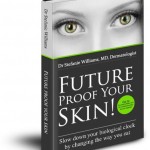
Like this article? Sign up to our newsletter to get more articles like this delivered straight to your inbox.



